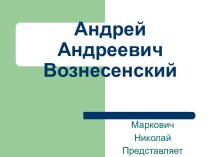- Главная
- Разное
- Бизнес и предпринимательство
- Образование
- Развлечения
- Государство
- Спорт
- Графика
- Культурология
- Еда и кулинария
- Лингвистика
- Религиоведение
- Черчение
- Физкультура
- ИЗО
- Психология
- Социология
- Английский язык
- Астрономия
- Алгебра
- Биология
- География
- Геометрия
- Детские презентации
- Информатика
- История
- Литература
- Маркетинг
- Математика
- Медицина
- Менеджмент
- Музыка
- МХК
- Немецкий язык
- ОБЖ
- Обществознание
- Окружающий мир
- Педагогика
- Русский язык
- Технология
- Физика
- Философия
- Химия
- Шаблоны, картинки для презентаций
- Экология
- Экономика
- Юриспруденция
Что такое findslide.org?
FindSlide.org - это сайт презентаций, докладов, шаблонов в формате PowerPoint.
Обратная связь
Email: Нажмите что бы посмотреть
Презентация на тему Secondary Education Schools
Содержание
- 2. Secondary Education Schools
- 3. SubjectsArtCitizenshipEnglishGeographyHistoryLanguagesReligiousPhysical educationScienceInformation TechnologyMathsMusic
- 4. Comprehensive Schools Comprehensive Schools
- 5. Comprehensive Schools
- 6. Grammar Schools A
- 7. Grammar Schools Most Grammar
- 8. Royal Grammar School
- 9. Secondary Modern Schools
- 10. Secondary Technical Schools Secondary
- 11. Examinations At around the age
- 12. Examinations Some comprehensive schools,
- 13. Examinations Students who hope
- 14. Examinations But some
- 15. Examinations In Scotland students
- 16. THE MOST FAMOUS SCHOOLS
- 17. Schools for boys. Eton SchoolEton is the oldest school; established 1440-41
- 18. Harrow School
- 19. Winchester School
- 20. Westminster School
- 21. Schools for girls. Cheltenham School
- 22. Roedean School
- 23. Wycombe Abbey School
- 25. TestIn Great Britain Secondary Schools begin at the age of: 9-1010-1111-1212-13
- 26. TestWhat types of schools does Secondary Education include?Comprehensive SchoolsGrammar SchoolsSecondary Modern SchoolsSecondary Technical Schools
- 27. TestAbout … per cent of all state-financed secondary schools are Comprehensive Schools843507
- 28. TestIn England, Wales and Northern Ireland students take GCSE examinations at the age of13141516
- 29. TestIt is necessary to have … or
- 30. Скачать презентацию
- 31. Похожие презентации
Secondary Education Schools
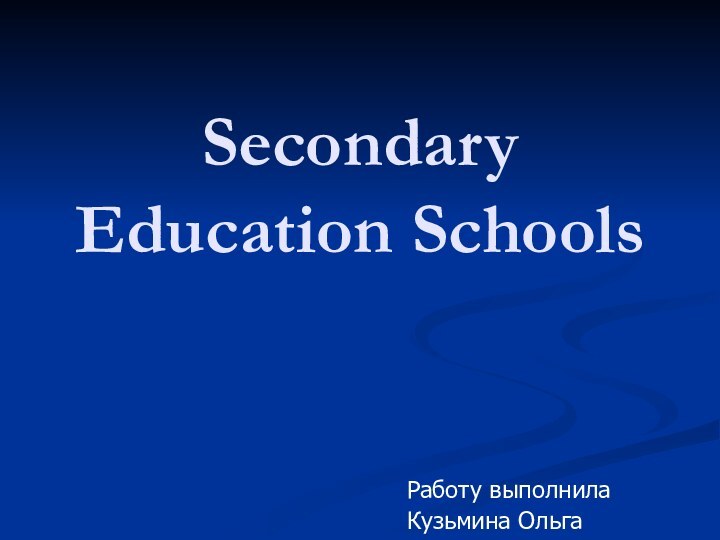







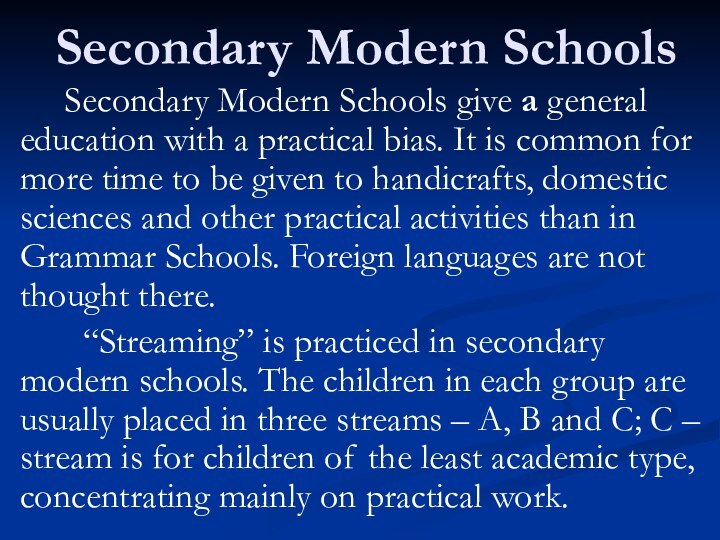








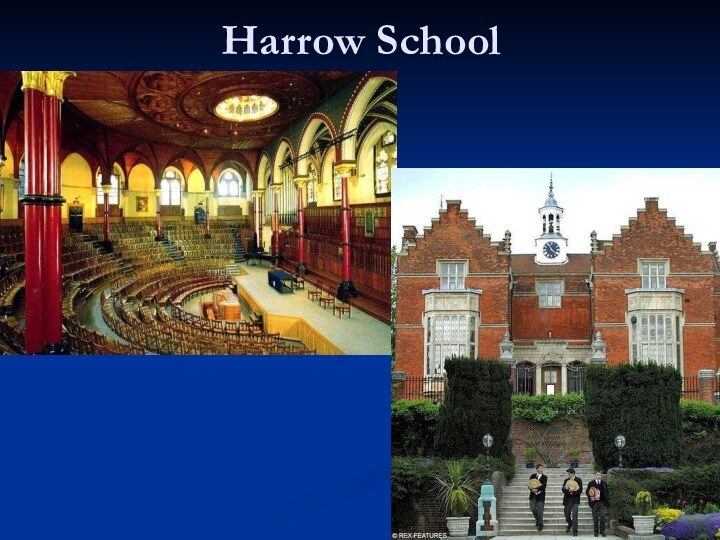






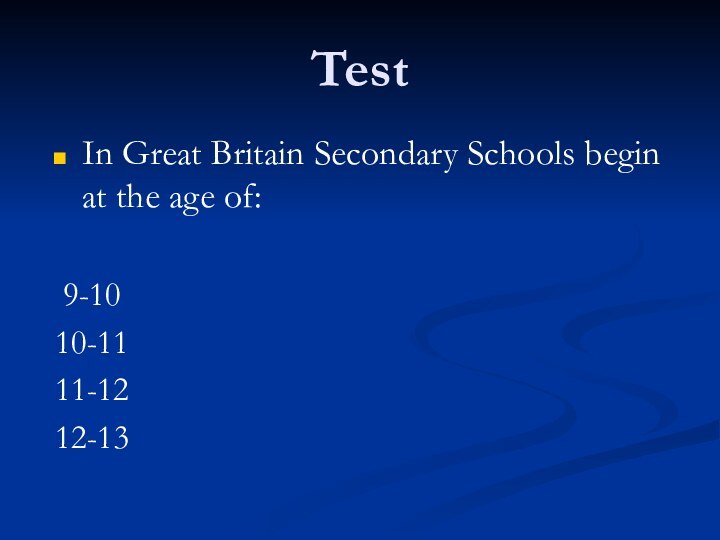

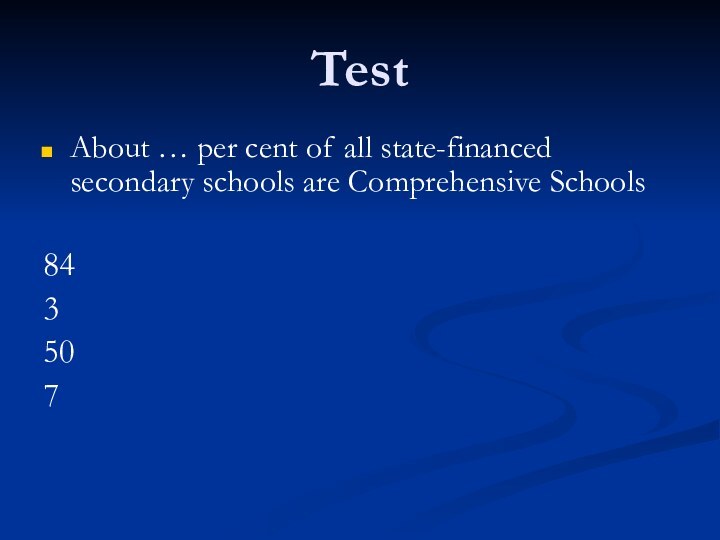


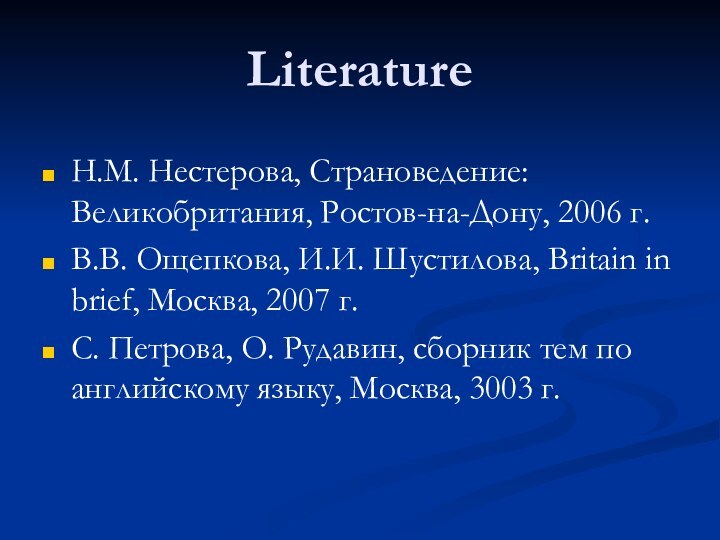
Слайд 3
Subjects
Art
Citizenship
English
Geography
History
Languages
Religious
Physical education
Science
Information Technology
Maths
Music
Слайд 5
Comprehensive Schools
The
transition from Primary to Secondary School is made between
the age of 11-12 years. At this age only some children sit for the selective examinations to be admitted to Grammar Schools. “11+” is retained mostly in Wales.Comprehensive Schools were introduced in 1965. The idea of comprehensive education, supported by the Labour Party, was to give all children of whatever background the same opportunity in education.
Слайд 6
Grammar Schools
A grammar
School mainly provides an exam-centred academic course from 11
to 18. It is the main route to the universities and the professions. A large proportion of university students is recruited from Grammar School, though they make 3% of all schools.
Слайд 7
Grammar Schools
Most Grammar School
pupils remain at school unit 18 or 19 years
old, especially if they want to go on to a university. Some degree of specialization, especially as between arts and science subjects, is usual in the upper forms. The top form is always called the “sixth form”. Pupils may remain in this form for 2 – 3 years, until they leave school. Selection of Primary School children for Grammar School is usually based on school record cards, teachers’ reports, tests and consultation with parents. After the Reform Act of 1988 many Grammar School were turned into Comprehensive and the change was in many cases painful.
Слайд 9
Secondary Modern Schools
Secondary Modern Schools give a general education with a
practical bias. It is common for more time to be given to handicrafts, domestic sciences and other practical activities than in Grammar Schools. Foreign languages are not thought there.“Streaming” is practiced in secondary modern schools. The children in each group are usually placed in three streams – A, B and C; C – stream is for children of the least academic type, concentrating mainly on practical work.
Слайд 10
Secondary Technical Schools
Secondary Technical
Schools, a smaller group (1%), offer a general education
largely related to industry commerce and agriculture. These schools are not very popular and few places have them. They provide teaching up to the age of 18.
Слайд 11
Examinations
At around the age of
16 students in England, Wales and Northern Ireland take
GCSE (the General Certificate of Secondary Education) examinations. In 1988 these examinations replaced the GCE (General Certificate of Education) and O-levels (Ordinary level). Which were usually passed by about 20 per cent of school students. GCSE examinations are taken by students of all levels of ability in as many subject as they can manage. GCSE may involve a final examinations and assessment of work done by the student during the two-year course, or both of these things. A broadly similar exam system exist in Scotland.
Слайд 12
Examinations
Some comprehensive schools, however,
do not have enough academic courses for sixth-formers. Students
can transfer either to a grammar school or to a sixth-form college to get the courses they want.
Слайд 13
Examinations
Students who hope to
go to university stay on at school to study
for A-level (Advanced level) in two, three or four subjects. It is a school leaving examination in a particular subject. In England and Wales students normally take it in two parts – at the age of 17 and 18. A student who studies for A-level in mathematics could say: “I am studying A-level maths”, or “I’ve got three A-levels.It is necessary to have three or four A-levels to go to a university or Polytechnic
Слайд 14
Examinations
But some pupils
want to stay on at school after taking their
GCSE, to prepare for a vocational course or for work rather than for A-level examinations. Then they have to take the GNVQ exam that is General National Vocational Qualification, a type of qualification introduced in 1992 in England, Wales and Northern Ireland. It has prepare students to do certain jobs. It has several levels and can be taken at schools and colleges.
Слайд 15
Examinations
In Scotland students take
the SCE examinations (the Scottish Certificate of Education). A
year later, they can take examinations called Highers after which they can go straight to university
Слайд 26
Test
What types of schools does Secondary Education include?
Comprehensive
Schools
Grammar Schools
Secondary Modern Schools
Secondary Technical Schools
Слайд 27
Test
About … per cent of all state-financed secondary
schools are Comprehensive Schools
84
3
50
7
Слайд 28
Test
In England, Wales and Northern Ireland students take
GCSE examinations at the age of
13
14
15
16
Слайд 29
Test
It is necessary to have … or …
A-levels to go to a university or Polytechnic.
one or twothree or four
five or six
seven or eight






